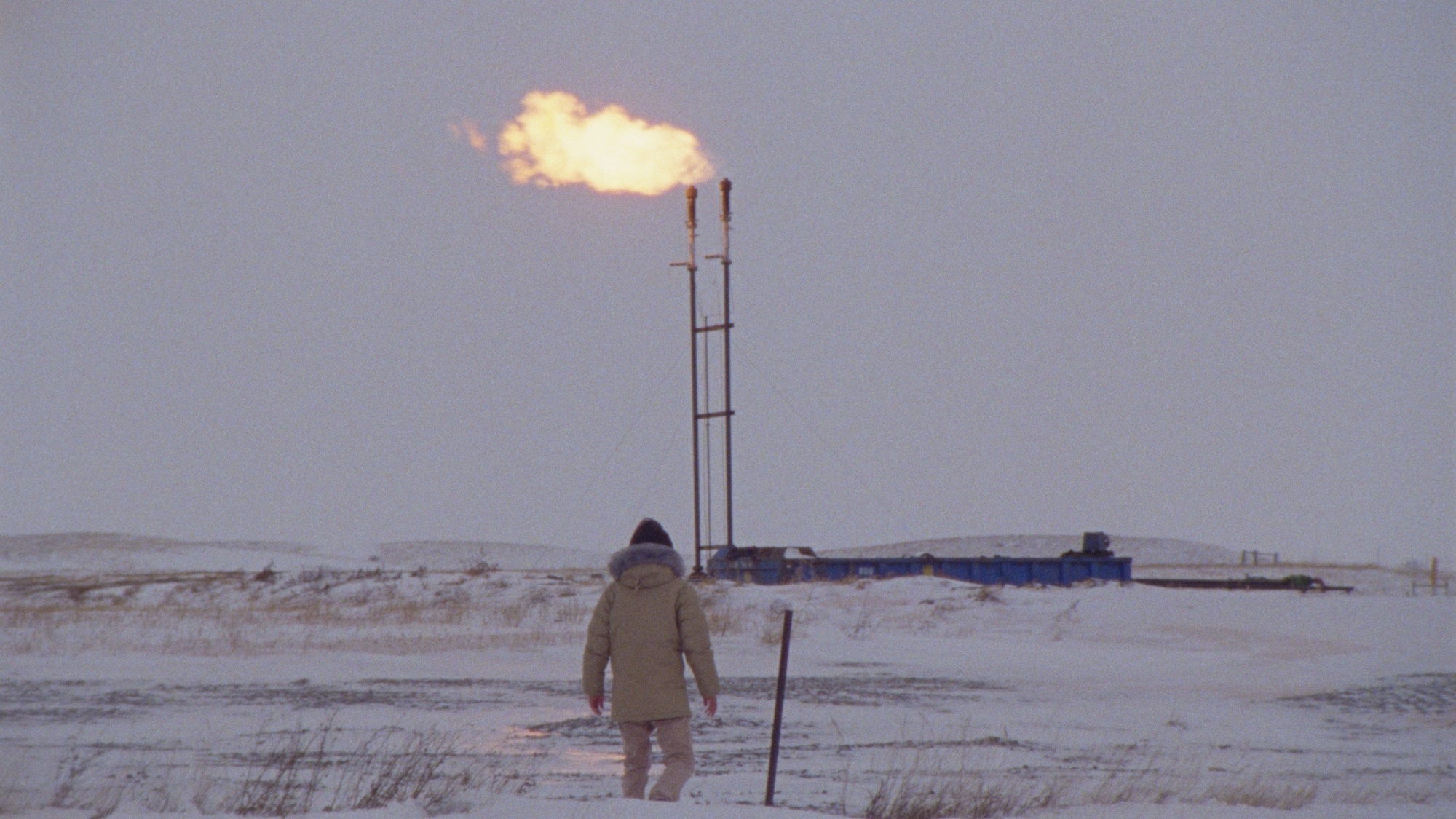“How to Blow Up a Pipeline,” the controversial eco-thriller that premiered at the Toronto International Film Festival in 2022 and recently arrived on Hulu, didn’t include a mustache-twirling bad guy or a cat-stroking puppet master. It opted for a villainous force, one without a shape or face: climate change.
The threat of climate change fuels the actions of the film’s central crime, which is the destruction of an oil pipeline in Texas as a means of protest. The climate crisis looms over each character in the film, pressing them into acts of terrorism they view as essential and justified.
“How to Blow Up a Pipeline” is the most recent example of a growing trend in the film industry: replacing traditional villains with the threat of climate change.
Films focusing on climate change garnered critical praise in recent years. The 2022 and 2023 Academy Awards both featured Best Picture nominees with environmentalist messaging such as “Don’t Look Up” and “Dune” in 2022 and “Avatar: The Way of Water” in 2023.
A comet shouldered the crisis’s role in “Don’t Look Up,” while “Dune’s” tale of resource exploitation amidst indigenous relocation is a thinly veiled allegory for humanity’s destructive actions across the globe.
The “Avatar” sequel took a similar approach to ”Dune,” examining mankind’s disastrous impacts on nature through the lens of an intergalactic megacorporation’s exploitation of an indigenous culture.
{Selena Gomez releases new single after opening up about personal struggles}
These films reflect an increase in climate change-fueled anxiety. A 2021 study found that 59 percent of young people aged 16 to 25 were very or extremely worried about climate change, and a further 84 percent were at least moderately worried. The reality of these fears is on our campus this week, as temperatures soar near 100 degrees in a September heat wave.
Hollywood’s recent focus on climate change as an antagonizing force is a dramatic shift away from the 2010s. Climate change was often used as motivation for an environmentalist villain instead of the villain itself.
“Kingsman: The Secret Service” saw a British spy organization face up against Samuel L. Jackson’s Valentine, a billionaire hellbent on depopulation as a means of ending the climate crisis. Thanos, from Marvel Studios’ “Avengers: Infinity War” and “Avengers: Endgame” had a similar goal as the extermination of half of the universe’s population to reduce resource overconsumption.
{Six years strong: ‘Weezer Wednesday’ won’t back down}
Other comic book films, such as “Venom” and “Aquaman,” contained villains that wanted to evolve humanity away from their destructive ways or vanquish the polluting species altogether. These films took environmentalism to its most extreme, turning admirable beliefs into villainous motives.
A post-pandemic Hollywood responded to growing anxieties about the climate crisis by axing this trope, replacing the eco-terrorist with the ecological disaster itself. In some cases, such as “How to Blow Up a Pipeline,” those formerly villainous characters become morally gray protagonists fighting for a better world. Film, like all art forms, is a reflection of the world we live in. As the climate crisis worsens, its presence in popular media will likely grow to create a new kind of disaster movie: the climate change film.



